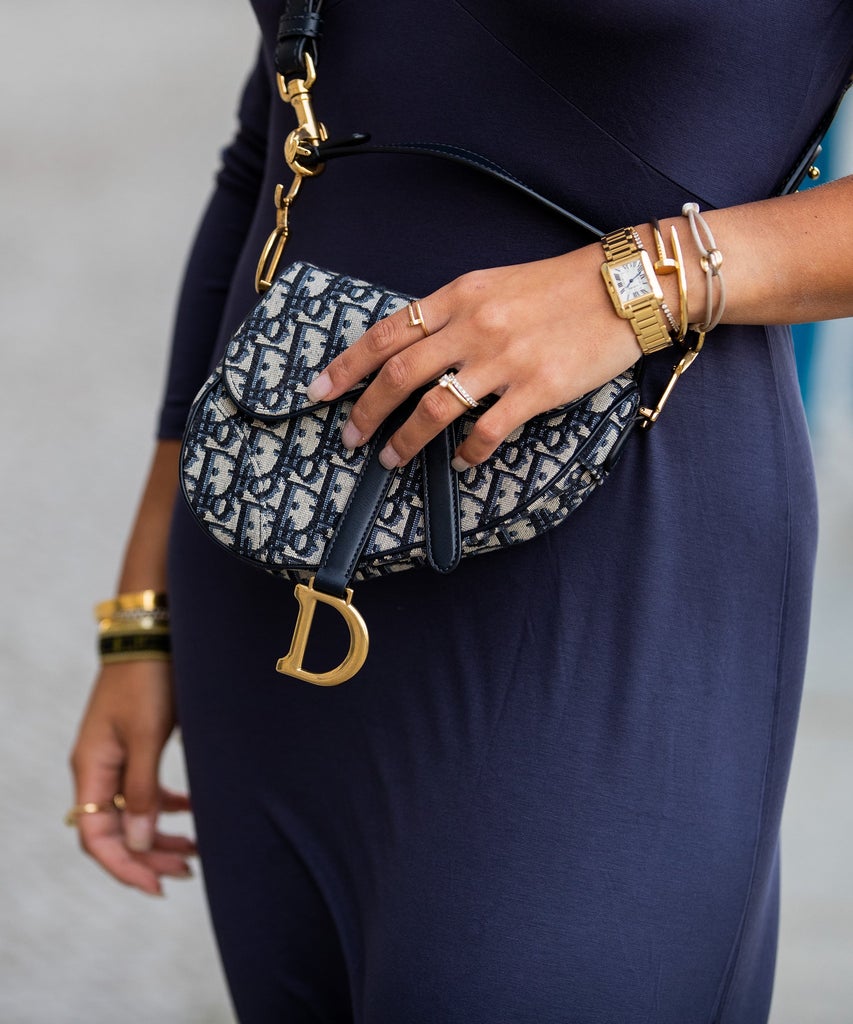
Hangnails are more than just annoying — when they’re not handled correctly, they can be extremely painful, causing redness, inflammation, bleeding, and even an emergency trip to CVS for a box of plasters.
Like most common beauty concerns, some people are more prone to hangnails than others. If you fall into that category — maybe you’re a on-again, off-again nail biter, or your cuticles are cracking from using hand sanitiser all the time — it’s helpful to know the best practices for hangnail prevention to keep those throbbing flaps of dead cuticle skin from ruining your at-home mani for the third time in a row. Ahead, a few seasoned manicurists spill their easy-to-follow tips to commit to memory.
Know When To Trim
First, it’s important to understand the anatomy of a hangnail, which starts with the skin surrounding the nail bed. “The cuticle is a waxy layer of buildup that is directly attached to the nail plate,” explains L.A.-based manicurist Sigourney Nuñez. “The surrounding skin, called the eponychium, is often, and mistakenly, referred to as cuticle, but it’s actually living tissue and should never be trimmed. You know a hangnail is dead skin if it’s fully unattached and flapping about, and then you can trim it off.” At this point, you should use warm water to soften the hangnail, then use sharp and sterilised stainless-steel cuticle nippers to snip it away safely.
Practice Good Cuticle Care
The most effective way to prevent against constant hangnails is to make sure your cuticles are always soft — which is easier said than done in the age of hand sanitiser. Sarah Gibson Tuttle, founder of trendy nail-care brand Olive & June, tells us that she recommends a two-fold approach of gentle cuticle exfoliation and moisturising. “Use a nail buffer block on dry skin to gently buff away dead skin as needed,” Gibson Tuttle recommends. “Then moisturise your skin immediately with a cuticle serum, because remember, dryness causes damage.”
Protect Your Nail Bed
This may sound intuitive, but another way to prevent dry skin and resulting hangnails would be to protect your nails from harsh elements whenever possible. Nadine Abramcyk, the founder of Tenoverten, recommends investing in gloves. “Try to wear gloves as much as possible when washing dishes so as to not dry out your nails with dish soap, which tends to be very drying,” she says. The same logic holds true for wearing gloves outside as the weather starts to turn colder. Dry, flaky-skin season may be rapidly upon us, but it doesn’t have to bring seasonal hangnails with it.
Refinery29’s selection is purely editorial and independently chosen – we only feature items we love! As part of our business model we do work with affiliates; if you directly purchase something from a link on this article, we may earn a small amount of commission. Transparency is important to us at Refinery29, if you have any questions please reach out to us.
Like what you see? How about some more R29 goodness, right here?
Why You Should Never Pick Off Your Gel Nail Polish